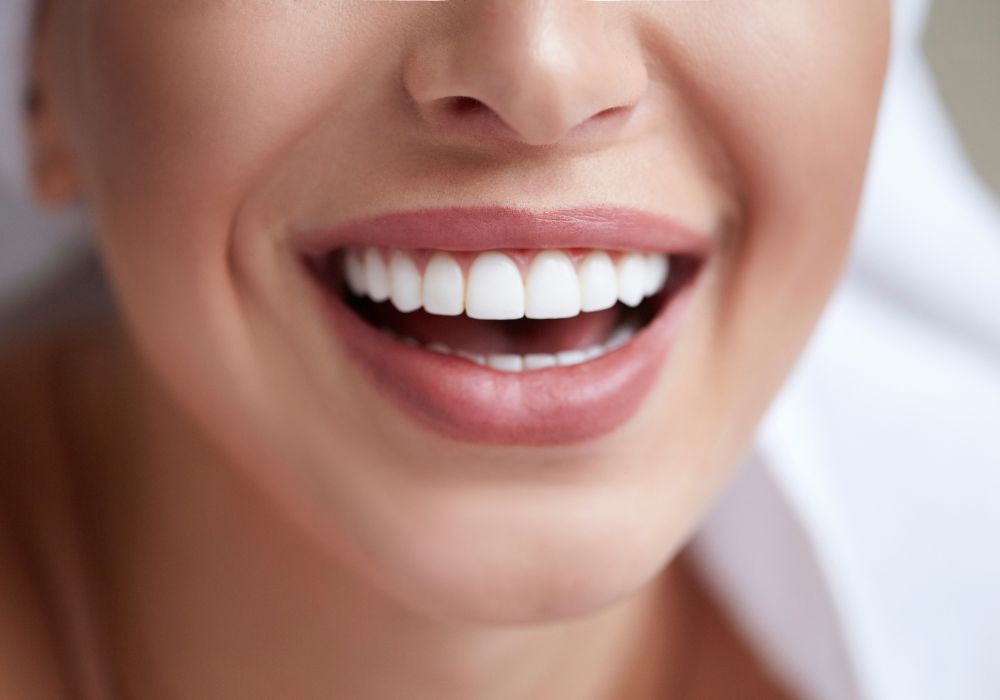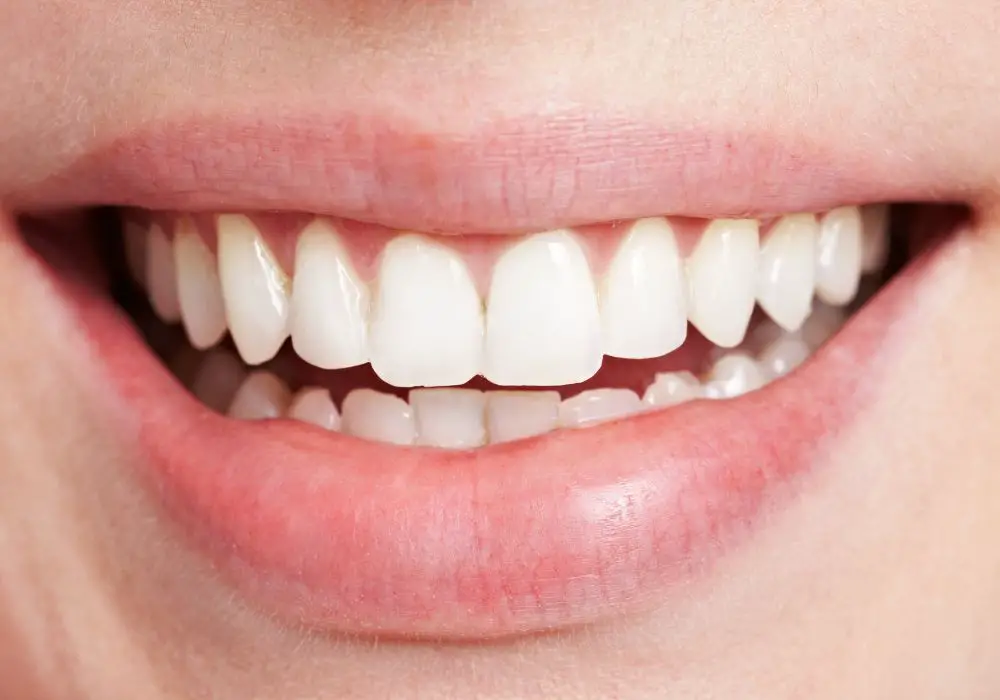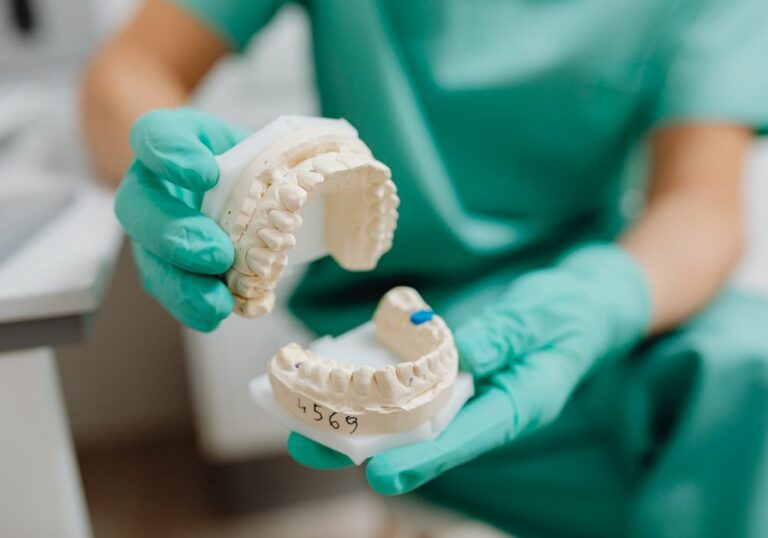Understanding the average size of each tooth in the human mouth is important for proper dental care and oral health. This guide will examine the typical dimensions of incisors, canines, premolars, and molars to give you a comprehensive overview of tooth sizes.
Average Tooth Sizes

Incisors
The incisors are the front four teeth in both the upper and lower jaws. They consist of:
- Central incisors – The two middle incisors in each jaw.
- Lateral incisors – The incisors immediately adjacent to the central incisors.
On average, the central upper incisors are:
- 6-7 millimeters (mm) in width
- 20-25 mm in height
The lateral upper incisors tend to be slightly smaller, measuring around:
- 5-6 mm in width
- 20-25 mm in height
For the lower incisors, the central ones have an average size of:
- 5-6 mm in width
- 20-23 mm in height
While the lateral lower incisors are generally:
- 4-5 mm in width
- 18-23 mm in height
So in summary, the upper central incisors are the largest of all the incisors, while the lower lateral incisors are typically the smallest.
Canines
The canines, sometimes called cuspids or eye teeth, are located laterally from the incisors – one on each side in each jaw quadrant.
Upper canines have an average size of:
- 7-8 mm in width
- 20-23 mm in height
Lower canines are similar, measuring around:
- 6-7 mm in width
- 20-23 mm in height
So the upper canines tend to be slightly bigger than the lower canines.
Premolars
There are 4 premolars in each jaw quadrant – 2 on the upper arch and 2 on the lower arch. They are between the canines and molars.
The average premolar tooth measures:
- 7-10 mm in width
- 20-25 mm in height
The upper premolars tend to be slightly larger than the lower premolars.
Molars
There are 6 molars in each jaw quadrant, positioned posterior to the premolars. They increase in size from front to back.
The first molars are the largest, with an average size of:
- 10-11 mm in width
- 20-25 mm in height
Second molars are slightly smaller, around:
- 9-10 mm in width
- 20-23 mm in height
Third molars, also called wisdom teeth, are the smallest type of molar, measuring:
- 8-10 mm in width
- 17-22 mm in height
So in summary, the first upper molars are generally the largest teeth in the human mouth, while the third lower molars (wisdom teeth) tend to be the smallest molars.
Tooth Size Variation

While these averages provide a general guideline, there can be significant natural variation in tooth sizes among different individuals, due to factors like:
- Genetics -Gender
- Ethnicity
- Malnutrition during development
- Spacing between teeth
For example, males typically have larger teeth than females. Tooth size can also vary between ethnic groups, with some studies finding that African Americans tend to have larger teeth than Caucasians.
The Important Role of Tooth Size in Oral Health

The dimensions of our teeth play a critical role in oral health and proper dental function. When teeth are the correct size, they align properly for adequate biting and chewing. Their physical size and spacing also allows for thorough cleaning between teeth. However, abnormalities in tooth size can lead to a number of problems:
- Malocclusion – Improperly sized or aligned teeth make proper biting and chewing difficult. This can contribute to jaw pain, uneven wear of tooth surfaces, and dental decay. Orthodontic treatment may be required to correct malocclusion.
- Periodontal disease – When teeth are too large or spaced too closely, it becomes difficult to clean between them. This allows plaque buildup that causes inflammation and gum disease.
- Impacted teeth – Teeth that are oversized or undersized may become vertically or horizontally impacted within the jawbone, leading to infections and cysts. Wisdom teeth are especially prone to impaction.
- Tooth decay and erosion – Improper tooth alignment and contact between teeth can create sites that are difficult to clean. This allows acid and bacteria to build up, corroding tooth enamel.
- Jaw joint disorders – Abnormal occlusal contacts from misaligned teeth cause uneven forces on the temporomandibular joint. This can lead to TMD/TMJ disorders.
- Tooth fracture – Teeth that are significantly smaller or weaker than normal are at higher risk of fracture and breakage.
Genetic and Environmental Influences on Tooth Size

Tooth size is determined by a combination of genetic and environmental factors during odontogenesis (tooth development):
- Genetics – Research finds high heritability for human tooth size. Certain inherited conditions like supernumerary teeth also affect size.
- Gender – Males generally have larger teeth, especially in dimensions like mesiodistal width. Sex hormones likely influence size.
- Ethnic origin – Some studies reveal differences in tooth sizes among ethnic populations, such as smaller teeth in those of Asian origin.
- Nutrition – Malnutrition during tooth development can impair full growth potential leading to smaller teeth.
- Chemical exposure – Environmental toxins like dioxins that interfere with development may reduce tooth size.
- Overall body size – Those with larger skeletal structure tend to have correspondingly larger teeth.
The Importance of Ongoing Dental Care

Proper tooth size contributes to dental health and function across a person’s lifespan. As such, ongoing dental care and attention to changes over time are essential:
- Regular dental cleanings and checkups allow early detection of potential problems with tooth size, alignment and spacing that require intervention.
- Prompt treatment of caries and tooth damage helps maintain natural tooth structure and prevent fractures or loss of tooth tissue.
- Assessing wear patterns can identify situations of abnormal bite force that accelerate damage from bruxism or occlusal problems.
- Restorative work to rebuild worn or damaged teeth helps preserve the original tooth size and prevent issues from changing dimensions.
- Re-evaluation of restorations and dental work ensures prosthetics like crowns or bridges do not compromise tooth or jaw function over time as conditions change.
Making tooth size and shape a priority will provide the best chance for long-term healthy bite and smile!
Conclusion
Our tooth dimensions have a profound influence on oral health and proper dental function. Knowledge of average tooth sizes and variations provides valuable clinical insight. While genetics principally determine natural tooth size, environmental influences during development also have an impact. Ongoing dental care over a lifetime can help preserve tooth integrity and quickly address any issues that arise from abnormalities in size or alignment. Paying attention to tooth size remains an important component of maintaining excellent lifelong oral health.
Additional FAQs
Q: Do teeth change size over a person’s lifetime?
A: Yes, teeth are subject to wear over time from use, which slowly alters their size and shape. Abrasion from brushing and acid erosion from diet can also diminutely reduce tooth dimensions. More significant loss of tooth structure occurs from dental caries or trauma.
Q: Can you determine a person’s age from their tooth size?
A: There are no reliable aging methods based on tooth size alone, as dimensions are highly variable between individuals based on genetics and environment. However, the amount of wear and footage of exposed dentin on tooth surfaces can sometimes indicate approximate age.
Q: What role did tooth size play in human evolution?
A: Analyzing changes in tooth size over time provides insight into diets and lifestyles of our evolutionary ancestors. For example, modern humans have smaller teeth which reflects less emphasis on maximal bite force and chewing as cooking became prevalent.
Q: Can natural tooth size be restored if teeth become damaged?
A: Yes, procedures like dental fillings, inlays, onlays, crowns, and veneers can rebuild damaged or worn teeth back to their original size and shape for healthy form and function.
Q: Are misaligned teeth always a sign of improper tooth size?
A: No, malocclusion can also result from skeletal disproportions between the jawbones, spacing issues, or positioning problems like tooth rotation or crowding. Orthodontics may focus on repositioning rather than altering tooth size.






